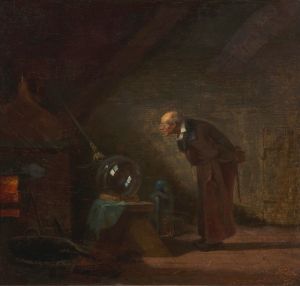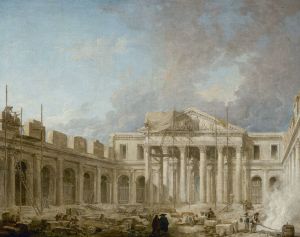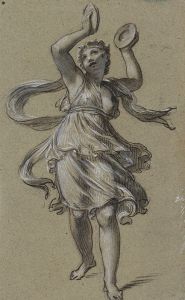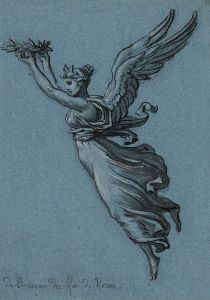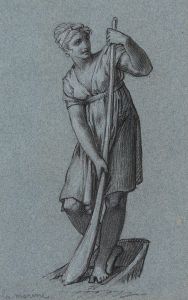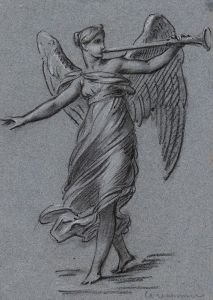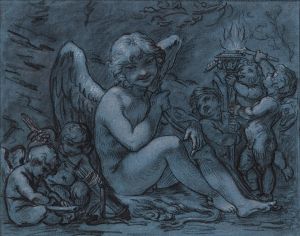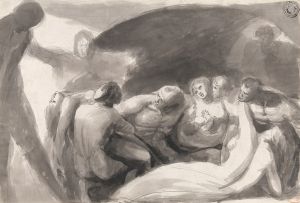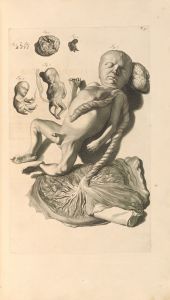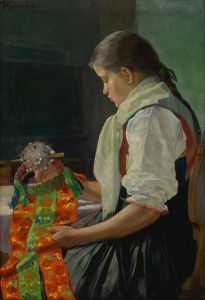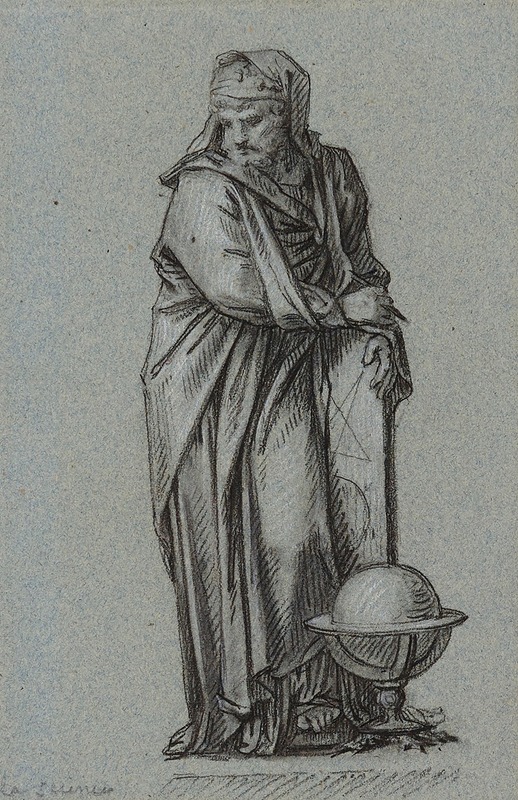
La Science
A hand-painted replica of Pierre-Paul Prud'hon’s masterpiece La Science, meticulously crafted by professional artists to capture the true essence of the original. Each piece is created with museum-quality canvas and rare mineral pigments, carefully painted by experienced artists with delicate brushstrokes and rich, layered colors to perfectly recreate the texture of the original artwork. Unlike machine-printed reproductions, this hand-painted version brings the painting to life, infused with the artist’s emotions and skill in every stroke. Whether for personal collection or home decoration, it instantly elevates the artistic atmosphere of any space.
Pierre-Paul Prud'hon, a prominent French artist of the late 18th and early 19th centuries, is best known for his allegorical and romantic works. Among his notable creations is the painting La Science (translated as Science), which exemplifies his mastery of neoclassical style and his ability to convey complex ideas through allegory.
La Science is an allegorical representation of the concept of science, a theme that was highly valued during the Enlightenment and the subsequent Napoleonic era. Prud'hon often drew inspiration from classical antiquity, and this painting reflects his interest in combining intellectual themes with graceful, idealized figures. The artwork depicts a central figure, typically interpreted as the personification of science or knowledge, surrounded by symbols that emphasize intellectual pursuit and discovery. Prud'hon's use of soft, diffused lighting and delicate contours gives the painting a dreamlike quality, which is characteristic of his style.
The painting was created during a period when Prud'hon was gaining recognition for his allegorical works, many of which were commissioned by influential patrons, including Napoleon Bonaparte and Empress Joséphine. Prud'hon's ability to blend classical ideals with a romantic sensibility made his works highly sought after in both public and private collections.
While La Science is not as widely discussed as some of Prud'hon's other works, such as Justice and Divine Vengeance Pursuing Crime or his portraits of Empress Joséphine, it remains an important example of his skill in allegorical composition. The painting reflects the intellectual climate of its time, when science and reason were celebrated as cornerstones of progress and enlightenment.
The exact details of the commission or the current location of La Science are not widely documented, and the painting is not as frequently exhibited or reproduced as some of Prud'hon's other works. However, it continues to be appreciated by art historians and enthusiasts for its refined execution and thematic depth.
Prud'hon's legacy as an artist lies in his ability to bridge the neoclassical and romantic movements, and La Science is a testament to his talent for creating works that are both intellectually engaging and visually captivating.





